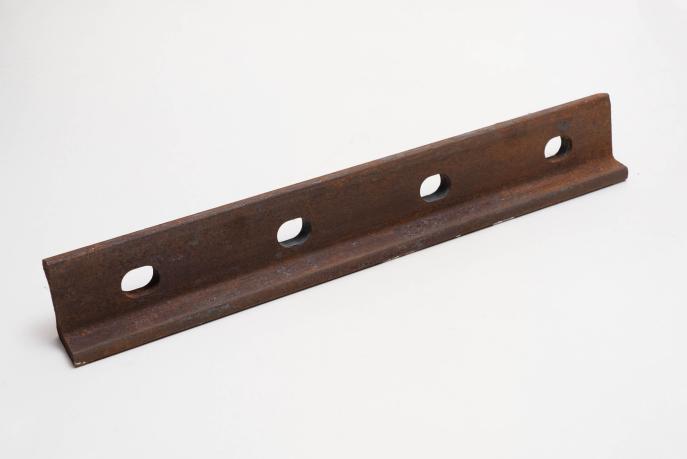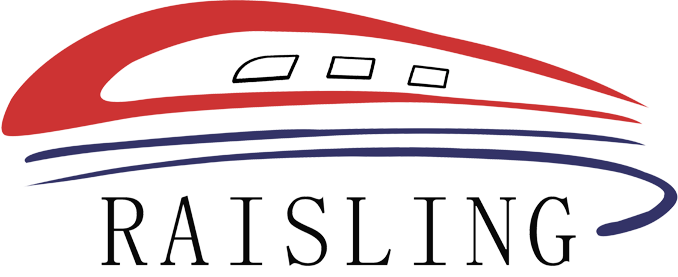-
ProductsAt present, the company has the ability to produce 50000 tons of rail buckle accessories annually. The product series includes various specifications of spring bars Gauge baffles, switch special pads, joint clamps for 43kg, 50kg, 60kg steel rails, various export products, etc

-

-
AboutThe company was established in 1994 and is a production enterprise specializing in the research and development, production, and sales of railway line specific accessories

Understanding the Importance of Fishplates in Rail Transportation
Jun 29,2025
In the realm of rail transportation, the term "fishplate" refers to a crucial bar of metal that connects two sections of rail together. These components are pivotal for maintaining the structural integrity and continuity of railway tracks. Fishplates, also known as rail joints, ensure that the force exerted by passing trains is evenly distributed across the rail network, minimizing the risk of tra

Fishplates come in various types, each designed to accommodate different rail sizes and conditions. The most commonly used fishplates are made from steel due to its strength and durability; however, other materials may be utilized based on specific operational needs. The design of a fishplate typically includes holes for bolts which secure it to the rail sections, ensuring a tight and stable connection. Proper installation is vital, as any misalignment or improper fastening can lead to track failures, resulting in costly delays and heightened safety risks.
One of the key advantages of using fishplates is their ability to allow for thermal expansion and contraction of the rails due to temperature fluctuations. As steel expands and contracts, the fishplate allows for slight movements while maintaining the integrity of the joint. Regular inspection and maintenance of fishplates are essential in rail operations; they should be checked for wear, corrosion, and tightness to prevent potential failures. Neglecting these aspects can lead to significant operational disruptions and safety hazards.
Additionally, modern advancements in rail technology have led to the development of enhanced fishplate designs that may incorporate innovative features such as noise reduction and vibration dampening. These innovations not only improve ride quality but also extend the lifespan of both the rails and the fishplates, contributing to more efficient rail systems.
In conclusion, the role of fishplates in rail transportation cannot be overstated. They are a fundamental component that supports the overall stability and safety of railway tracks. Understanding the different types, purposes, and maintenance practices associated with fishplates is essential for professionals in the industry. By ensuring these components are in optimal condition, rail operators can significantly mitigate risks and enhance the reliability of their transportation services. Regular training and knowledge sharing regarding fishplates will further empower rail industry stakeholders to maintain safe and efficient operations.
Previous:
Recommended
Asia Pacific Rail 2025 Concludes in Bangkok, Showcasing Rail Industry's Future
Bangkok, May 29 - The Asia Pacific Rail 2025, a leading event in the railway and rail transit industry, successfully concluded on May 29 in Bangkok, Thailand.
There is one sheet production line and two high-precision engraving machines, with an annual production capacity of 6 million railway special height adjustment pads.
Contact Us
Henan Xinda Railway Equipment Co., Ltd
Fax: +86-372-2615999
Tel: +86-18567891234
Email:info@xindarail.com
Send us your request
we will get in touch with you as soon as possible
COOKIES
Our website uses cookies and similar technologies to personalize the advertising shown to you and to help you get the best experience on our website. For more information, see our Privacy & Cookie Policy
COOKIES
Our website uses cookies and similar technologies to personalize the advertising shown to you and to help you get the best experience on our website. For more information, see our Privacy & Cookie Policy
These cookies are necessary for basic functions such as payment. Standard cookies cannot be turned off and do not store any of your information.
These cookies collect information, such as how many people are using our site or which pages are popular, to help us improve the customer experience. Turning these cookies off will mean we can't collect information to improve your experience.
These cookies enable the website to provide enhanced functionality and personalization. They may be set by us or by third-party providers whose services we have added to our pages. If you do not allow these cookies, some or all of these services may not function properly.
These cookies help us understand what you are interested in so that we can show you relevant advertising on other websites. Turning these cookies off will mean we are unable to show you any personalized advertising.
COOKIES
Our website uses cookies and similar technologies to personalize the advertising shown to you and to help you get the best experience on our website. For more information, see our Privacy & Cookie Policy
COOKIES
Our website uses cookies and similar technologies to personalize the advertising shown to you and to help you get the best experience on our website. For more information, see our Privacy & Cookie Policy
These cookies are necessary for basic functions such as payment. Standard cookies cannot be turned off and do not store any of your information.
These cookies collect information, such as how many people are using our site or which pages are popular, to help us improve the customer experience. Turning these cookies off will mean we can't collect information to improve your experience.
These cookies enable the website to provide enhanced functionality and personalization. They may be set by us or by third-party providers whose services we have added to our pages. If you do not allow these cookies, some or all of these services may not function properly.
These cookies help us understand what you are interested in so that we can show you relevant advertising on other websites. Turning these cookies off will mean we are unable to show you any personalized advertising.

